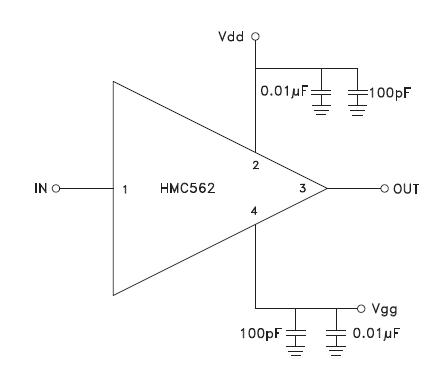elektr0
Full Member level 5
Hallo,
i am still wondering if the VDD drain supply bypass capacitors of our microwave amplifiers (Hittite HMC562) should be able to short-circuit the RF signal (2-35GHz).
This would mean the bypass C is a microwave component as well.
So, can we use simple DC SMD capacitors ?

https://www.hittite.com/content/documents/data_sheet/hmc562.pdf
Thank you for your help.
elektr0
i am still wondering if the VDD drain supply bypass capacitors of our microwave amplifiers (Hittite HMC562) should be able to short-circuit the RF signal (2-35GHz).
This would mean the bypass C is a microwave component as well.
So, can we use simple DC SMD capacitors ?

https://www.hittite.com/content/documents/data_sheet/hmc562.pdf
Thank you for your help.
elektr0
